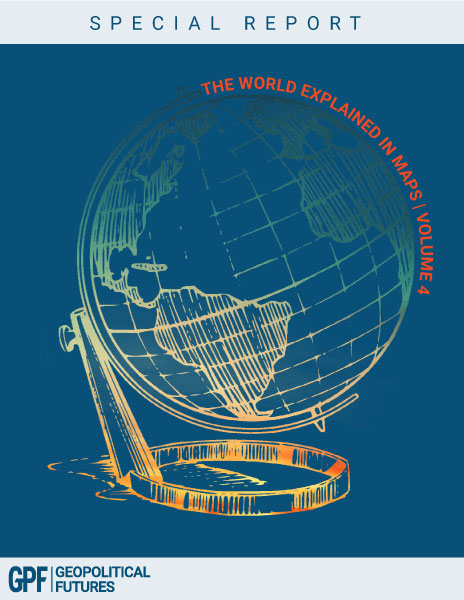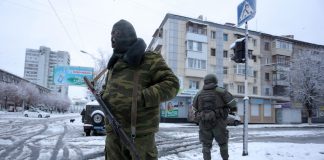This is noteworthy for two reasons. First, grain, wheat in particular, is an important element of Russia’s food supply, and a shortage could lead to social instability. Second, the worsening conditions in the food sector and declining grain exports could have a detrimental effect on the economy.
Russia’s Federal Service for Hydrometeorology and Environmental Monitoring anticipates that several regions will suffer weather-related agriculture losses. Several regions also declared a state of emergency because of severe weather conditions. This covers a large agricultural area, indicating both winter and spring crops may experience problems.
It’s not yet clear how badly the agriculture sector will be affected by this year’s low yields, but the Central Bank of Russia is expecting the rate of food inflation to increase in the third quarter. In fact, food prices have already increased. The minimum cost of a month’s worth of food per person, estimated at 4,233 rubles ($71), has increased since the beginning of the year by 14.9 percent on average in the country and by 16.4 percent in Moscow. As a result, in June, the consumer price index rose by 4.4 percent in annual terms, which is higher than the 4 percent inflation target set by the central bank.
The only thing worse for the Kremlin than high inflation is increasing domestic wheat prices. News of Russia’s declining grain production and the one-month delay of the harvesting season have already resulted in an increase in the export price of wheat, possibly making wheat in Russia more expensive. The current price is closer to levels seen in 2015, when Russia implemented an export duty on wheat as the value of the ruble declined because of falling oil prices.






